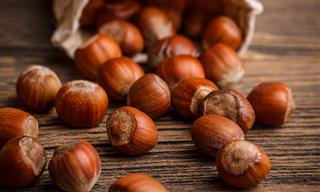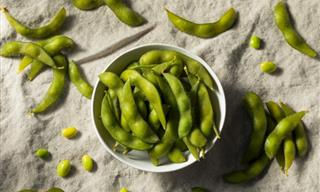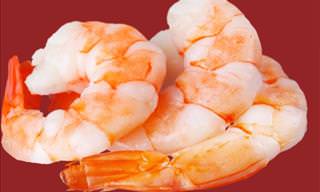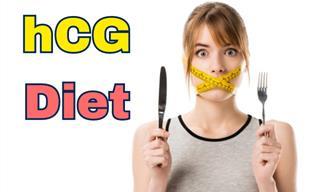The fact that our diet significantly affects our state of health is already a scientifically based concept that gets more and more validity every day. Most of us have already internalized the idea of "we are what we eat" and therefore are careful about eating well, avoiding high-fat foods, sugars, and carbohydrates and other dietary rules.
But what if we told you that even if you eat healthy foods, such as fruits and vegetables, there is a good chance that you’re still not providing your body with the number of nutrients it really needs? In addition, what if we shared that researchers have found that a significant portion of the foods we consider healthy have lost much of their nutritional value over the years and that only some of them are still full of nutrients. These are the foods that you need to incorporate in your diet…

What foods are full of nutrients, and why are many of the foods we considered healthy no longer so?
The National Institutes of Health and the US Department of Health and Human Services define Nutrient-Dense Foods as foods that provide the body with the highest amount of nutrients and at the same time have a relatively low caloric value. These are completely natural foods that have not been over-processed by humans, as opposed to many other foods that have undergone various chemical changes and have been filled with unwanted ingredients.
But what does that mean? Take the potato, one of the most beloved and popular vegetables, which has always been considered healthy and nutritious, but a review done in Canada in 2002 indicated a dramatic decline in the level of materials In comparison with a 50-year period, it was found that at this time the modern potato had lost almost all the vitamin A it once held, 57% of its vitamin C and iron content, 28% of its average calcium content, and 18% of its thiamine content. 25 additional vegetables and fruits were tested in the same way, and there were disturbing findings. For example, the level of calcium in broccoli, which is considered to be a particularly healthy food, has dropped by 63 percent over the last few centuries.
How and why exactly has this happened? It must be admitted that the "culprits" here are mainly human beings, or, more precisely, modern agricultural and marketing methods that we have adopted; The less fertile land where vegetables and fruits grow, the accelerated mechanization of their process of picking and packaging, the journey they take from the field to factory to retail chains - these factors all cause the sharp drop in the nutrient levels of the crops we put into our mouths.
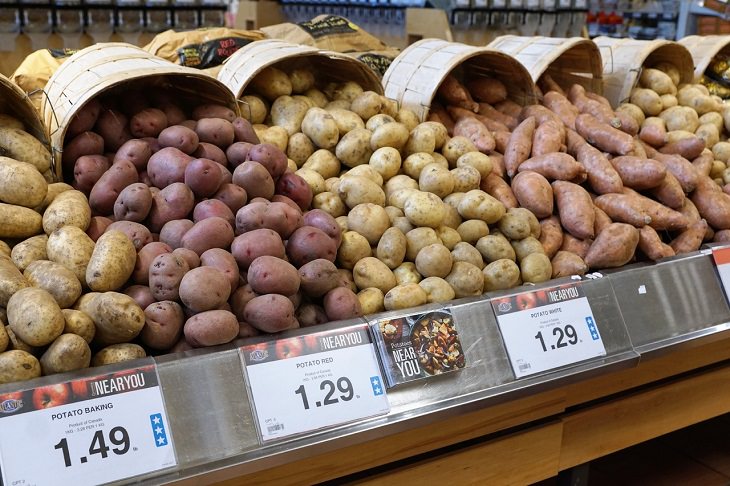
Another problem related to this issue is that no less than 60% of global calorie consumption is based on 4 crops that are most processed: corn, rice, soy, and wheat. So many people in the world get their daily calorie intake from foods that do not contain many nutrients, and while there are some popular foods that include certain amounts of vitamins, minerals, and fiber - such as potatoes or whole grains – the essential components in these products are diminishing, as we’ve already seen.
How can we overcome the lack of nutrients?
So what should you do? How do you overcome this surprising lack of nutrients in the foods you consume daily? A good solution to this situation can be found in the very interesting approach of Dr. Joel Fuhrman, an American nutrition expert who authored the book "Eat to Live." Dr. Fuhrman suggests an approach backed by scientific data and agreed upon by other researchers, which claims that the overall quality of a person's personal nutrition depends on three main factors:
- The level of essential nutrients that a person's body receives from every calorie taken in.
- Whether the person regularly eats enough calories to meet his or her own needs, ie, the ability to avoid excessive intake of calories on the one hand, and on the other to prevent malnutrition or nutritional deficiencies?
- Avoiding harmful substances, such as trans-fat, excess sodium, and refined sugars.
According to Dr. Fuhrman, a person whose nutrition takes these three factors into account and focuses on eating a variety of whole and unprocessed foods - instead of just counting calories and sticking to "low fat" foods - will feel satisfied with his or her diet and maintain their health effectively. A diet based on these principles is better than processed foods accompanied by supplements since amino acids have a complex chemical structure that is very difficult to replicate and copy, and providing this structure to the healthy human body - with all the positive nutritional components that exist - is as important and essential.
8 foods that are full of nutrients
To help you understand what natural foods have not lost their nutrients and care still considered nutrient dense, we bring you 8 main foods found by Dr. Fuhrman as being highly nutritious. All so that you know which foods are not only recommended but also essential, to integrate into your regular daily menu:
1. Kale
In the first place by a rather large lead - kale, full of the most nutritious ingredients of all the other foods considered healthy. No less than 430 mg of potassium, 150 mg of calcium, 120 mg of vitamin A and 1.5 mg of iron are found in 100 grams of kale, all in return for only 49.5 calories. To compare, in order to receive the same amount of nutrients from oatmeal - a food that is considered healthy and nutritious - you will need to eat no fewer than four full bowls, which have a high caloric value.
2. Watercress
Not only is watercress considered a superfood, it is also found to be a staple of nutrients and is highly recommended for eating. 100 grams of these green leaves are especially rich in potassium (330 mg), calcium (120 mg) and vitamin C (43 mg), but very low in calories - not more than 11 in total for this amount.
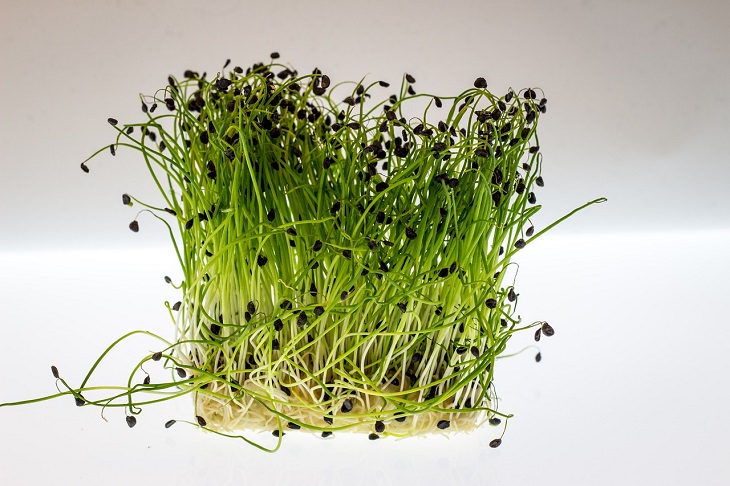
3. Mustard Greens
Mustard Green - the leafy vegetable that is used to create the favorite spread of the same name - is saturated with nutrients such as 384 mg potassium, in addition to 115 mg calcium, 70 mg and vitamin C, 32 mg magnesium and 1.6 mg iron per 100g of greens.
4. Swiss Chard
Swiss chard has also been placed on the list of nutrient-rich foods, with 379 mg potassium, 81 mg magnesium, 51 mg calcium, 30 mg of vitamin C and 1.8 mg iron that you can give to your body with 100 grams of it, with the total consumed not exceeding 18!
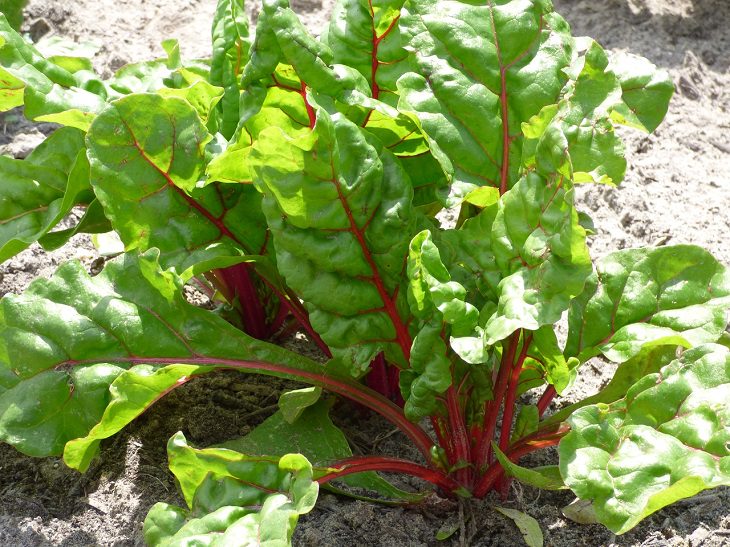
5. Spinach
It is not for nothing that we have always been told that it is a healthy food, and it seems that the image of Popeye, who eats a box of spinach and becomes instantly muscular, is not so far from reality. These green leaves are infinitely rich in nutrients, and by eating a meal of spinach leaves you can nourish your body with 167 mg of potassium, 30 mg of calcium, 24 mg of magnesium and 0.8 mg of calcium iron.
6. Carrots
Not only were green leaves species in the list of "the most dense" foods. Sweet orange carrots can be mixed in many different dishes and in no more than 100 grams of it, it contains 320 mg potassium, 33 mg of calcium, 12 mg of magnesium, and 5.9 mg of vitamin C.
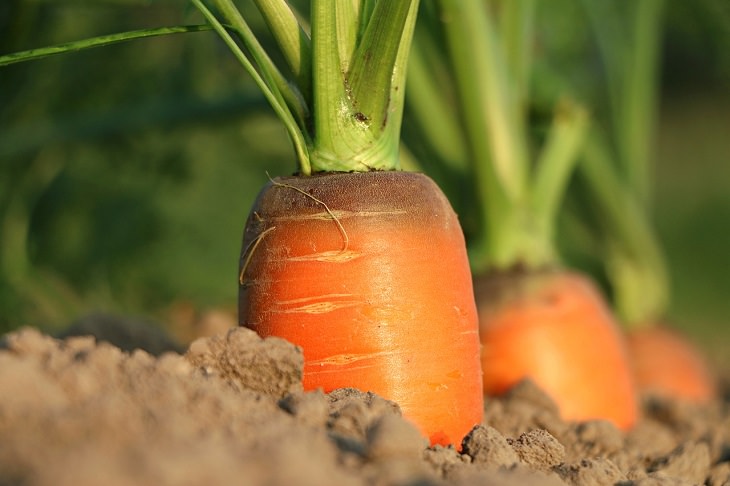
7. Lettuce
This list contains many green vegetables, but it seems that lettuce is the most common and most beloved of them, and there is almost no salad which does not include its healthy leaves. 100 grams of lettuce is certainly packed, as found in the study, in nutrients, including 247 mg of potassium, 33 mg of calcium, 2.1 grams of fiber, and more.
8. Cauliflower
You’ll be happy to hear that cauliflower - a favorite vegetable in many kitchens - is also part of those foods full of nutrients. Among the substances that your body receives when eating 100 grams of cauliflower, you can include 299 mg potassium, 22 mg calcium, 15 mg magnesium, and 8.2 mg of vitamin C. With such a makeup, there is certainly significant health benefits to this vegetable!
 Go to BabaMail
Go to BabaMail








